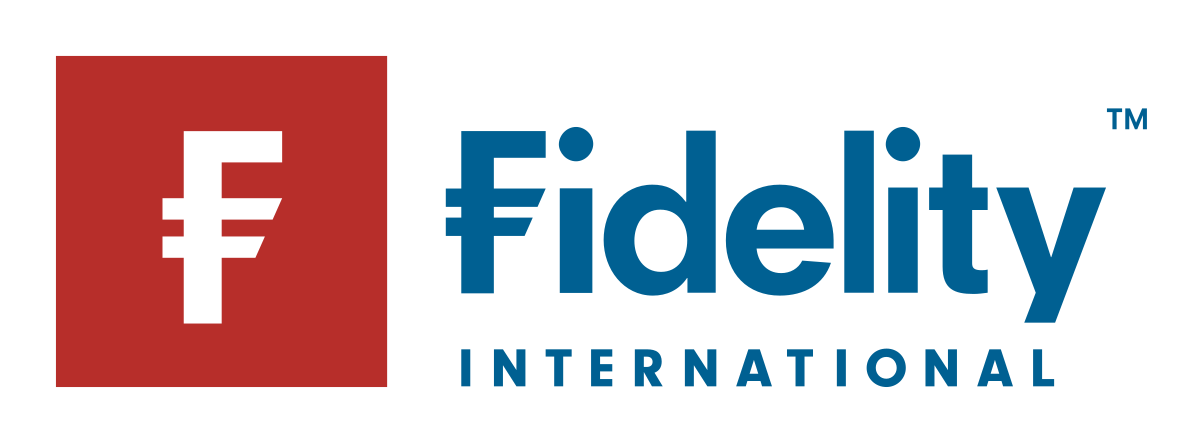Historically ETFs have been passive. This is because, in many jurisdictions, ETFs have to be transparent with respect to holdings. While active ETFs are growing in popularity, it is still true that passively-managed ETFs dominate the market.
So, most ETFs follow the broad market? This is not true. There has been a lot of innovation in index design and strategies which were once only offered by actively managed funds but can now be invested in passively.
The first step is for the provider to determine which market the ETF should track. This leads to the question: Which index should the ETF follow? For example, how exactly should it invest in the US market or in a specific investment theme? First of all, it is worth taking a closer look at the world of indices.
A brief history of indices
Indices have a long tradition – the first index was created as early as 1884 when the Dow Jones Transportation Average was calculated for the first time; it is still in use today. In 1896, Charles Dow introduced the famous US benchmark index Dow Jones Industrial Average (DJIA). At that time, it was comprised of a manageable 12 companies.
Today, there is considerably more choice in the ETF world. A whole range of index providers offer market indices. The three largest index providers globally are S&P Dow Jones, MSCI and FTSE Russell[1]with market share of over 70% in 2020. There are a number of other providers such as Bloomberg, Morningstar, CRSP and Solactive and we have seen new entrants in this space over the last decade.
Over the last 10 years, indices have become more innovative and some of the new entrants to the market provide access to increasingly differentiated and unique exposures. While 30 years ago, market cap weighted broad market indices were the norm, there has been increased demand for more specific strategies. For example sector-specific, factor-specific (smart beta) and thematic indices.
How do you build an index?
Indices are rules-based strategies that select securities which meet the requirements of the index. The index represents a "basket" which tracks the performance with scheduled rebalances to remove the risk of style drift.
When it comes to index selection, ETF providers and investors are spoilt for choice. The following are some of the considerations:
Which asset class is required? Such as equities, fixed-income securities or commodities.
Which regional focus is required? Specific markets such as developed or emerging regions, or individual countries.
Are specific sectors required? Such as financials, energy, or technology.
Should the strategies consider risk factors? Such as smart beta strategies focused on factors such as momentum, dividend, growth, value etc.
Is a specific theme preferred? Such as Metaverse, Robotics and Clean Energy.
What are the ESG requirements?
What are the key innovations seen in the index space?
Smart beta
Rather than using market cap weighted broad market indices or sector exposures, investors can look to gain access to specific factors. Indices will screen stocks to select the most relevant stocks to the factor and may weight the portfolio based on fundamentals which are inherent in the factor.
Investors should be aware of the possibility of unintended positions that may arise while searching for factor exposure and should consider these potential positions when assessing indices to decide whether they are acceptable outcomes.
Sustainability
One of the best ways to affect change is to engage with companies/issuers of the securities that the portfolio owns. A purely passive investment management style misses the ability to engage. In the absence of this, indices need to build in ESG rules to meet investor requirements.
But how to implement these rules in a systematic way? The simple answer is data. There are a number of ways that indices use this data to implement ESG rules. An index can exclude companies or issuers based on the business activities the company undertakes or global norms and human rights requirements. The index can also take a smart beta style approach to ESG and overweight companies which have better ESG credentials or target the best-in-class companies or issuers by only selecting those with the highest ESG rating.
As ESG regulation evolves, many indices are looking to include rules that comply with regulations. For example, Paris Aligned Benchmarks are an innovation whereby an index complies with the Paris Agreement with the objective of limiting global warming to 1.5°C.
Investors need to first define their own ESG requirements and ensure the index they are selecting is sufficient to meet these. The market can be quite complex to navigate and sometimes can be subjective.
Thematics
Thematic investing provides exposure to securities that are connected to a common long-term trend or transition, while major economic shifts usually take place across sectors and regions.
Like other segments, most thematic ETFs are passively managed. But how can a rules-based index select companies involved in a specific theme or value chain, especially when the “value-chain” might be subjective or where data may be less readily available?
One way is to look at granular industry classifications. Data is available which breaks down a company’s revenue tied to these industry classifications. These industry classifications can be flagged as being involved in a theme and therefore be used to select index constituents. However, this may not be enough to ensure the portfolio is truly aligned with the desired theme.
An exciting development over the last few years has been the inclusion of natural language processing (NLP) within indices. NLP is a subfield of artificial intelligence which enables computers to process and analyse large amounts of natural language data. Different data sets can be used for this type of analysis which can be beneficial to identifying relevant companies for thematic investing.
Relevant keywords indicative of index themes are identified and searched across documents using a natural language processing algorithm. The output of this process is company-level scores – generally, companies with more keyword hits will receive higher scores than those with fewer and these scores are used as a selection criterion.
ETF providers need to consider how any of the above tools are used within a strategy to select a final portfolio and whether or not this basket is representative of the desired exposure.
The case of customised indices
The above demonstrates the various considerations when selecting the right index as well as the depth of choice available in the market. However, it may not be the case that an “off-the-shelf” index matches an investor’s specific requirements. Investors may require more refinement. For example, additional ESG exclusions, a different definition of what constitutes a theme, or controls to ensure unintended positions are not taken. As a result, ETF issuers may work with index providers to customise indices to deliver the exact exposure required.
This is a marketing communication. This information must not be reproduced or circulated without prior permission.This document is not intended to be, or does not constitute, investment research as defined by the Financial Conduct Authority.
The value of investments and the income from them can go down as well as up and investors may not get back the amount invested.
Fidelity only offers information on products and services and does not provide investment advice based on individual circumstances, other than when specifically stipulated by an appropriately authorised firm, in a formal communication with the client.
Fidelity International refers to the group of companies which form the global investment management organisation that provides information on products and services in designated jurisdictions outside of North America. This communication is not directed at and must not be acted upon by persons inside the United States and is otherwise only directed at persons residing in jurisdictions where the relevant funds are authorised for distribution or where no such authorisation is required.
Unless otherwise stated all products and services are provided by Fidelity International, and all views expressed are those of Fidelity International. Fidelity, Fidelity International, the Fidelity International logo and F symbol are registered trademarks of FIL Limited.
Before investing you should read the Key Investor Information Document (KIID) and prospectus, which is available long with the current annual and semi-annual reports free of charge through the website www.fidelityinternational.com, from your broker or financial advisor or as shown in the country information. ETFSSO-01-20221103
[1] Source: Burton-Taylor International Consulting, quotation https://www.trackinsight.com/en/article/indices-magic-beans-behind-successful-etfs. Data as at 11 February 2022.



